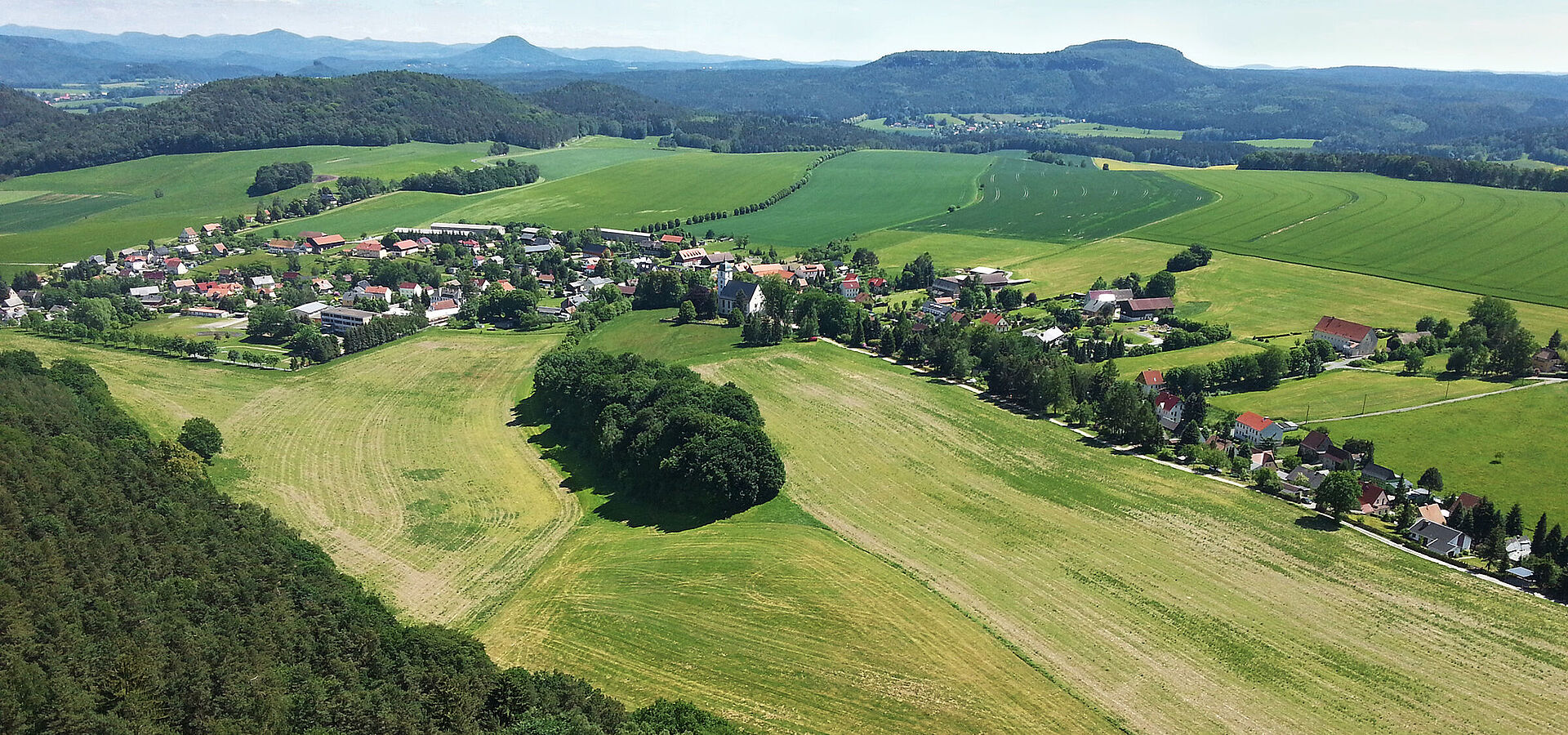Aktuelle Informationen
Standort
Kontakt
Fachgebiet Landschaftsplanung und Landschaftsentwicklung
| Sekretariat | EB 5 |
|---|---|
| Gebäude | Erweiterungsbau (EB) |
| Raum | EB 236a |
| Adresse | Straße des 17. Juni 145 10623 Berlin |
| Sprechzeiten des Sekretariats | Mo - Fr jeweils 9:00 - 16:30 Uhr |

